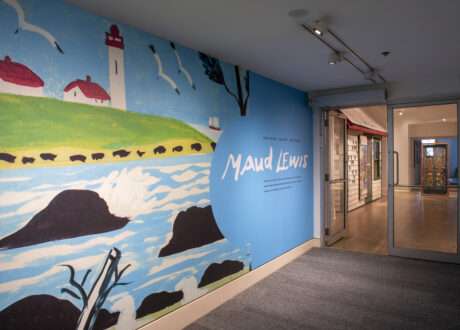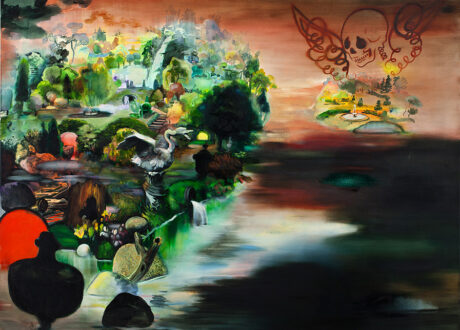

December 1, 2017 to June 10, 2018
This work explores through the use of 7 × 17 inch color film the unique relationship of basic naturalistic elements on a remote and unique Maritime landscape. A crescent-shaped strip of sand off the southern coast of Nova Scotia, Sable Island was formed by the currents of the Labrador and the Belle Isle curving down from the Arctic and the Gulf Stream upwelling from the tropics. At once the subject of romantic legend and a world that has resolutely resisted domestication, Sable Island is one of the few places on earth where humans have been unable to assert their dominance. Over the centuries, almost every vestige of human intervention has been subsumed by the natural forces of the island — the horses brought to the island in the late 1600s, which have now been incorporated into the island’s own ecosystem, the hundreds of ships wrecked off the coast in the 19th century, and the thousands of trees planted at the turn of the 20th century of which no trace can now be found.
The ‘story’ Holownia’s Sable Island photographs gives us is not a symbolic one, but the prototype of a possible relationship with nature on nature’s terms, a pact involving respect and care rather than exploitation and contempt. The relationship to nature these photographs posits is one in which it would still be possible to observe nature outside the confines of a museum diorama, a theme park petting zoo, or a photograph that objectifies nature into an exotic ‘other’ whose dimensions are forced to correspond to a preconceived pictorial configuration. What the pictures show is natural beauty that exists not as a commodity for edification of human beings, but for its own sake.
– Penny Cousineau, from her catalogue essay An Elemental Landscape: Sable Island, 1995
Image: Thaddeus Holownia, Sable Island, 1985-1994, Chromogenic contact print on Fujicolor paper, 17.5 x 43.0 cm. Gift of the Artist, Jolicure, New Brunswick, 2003, 2003.158.5



